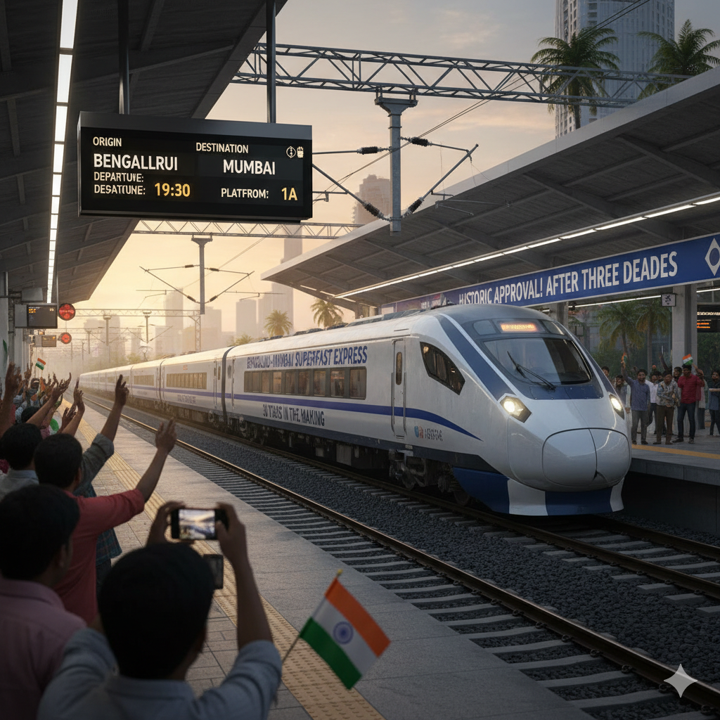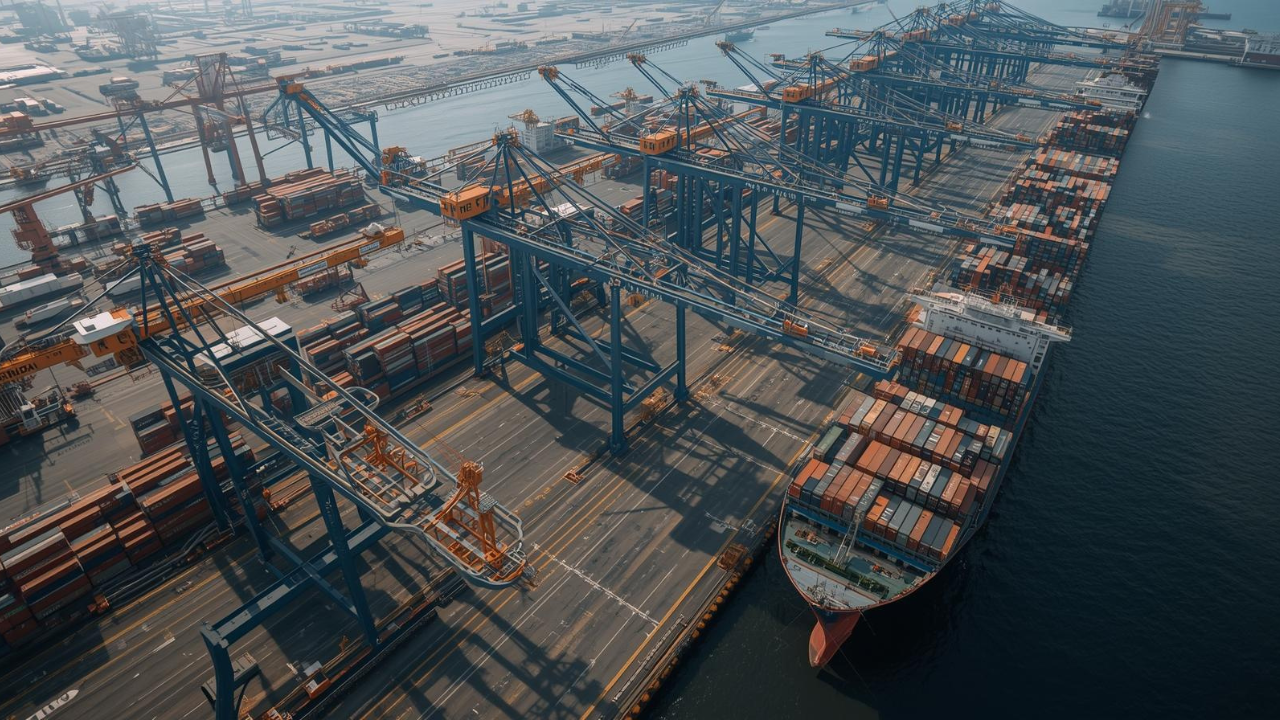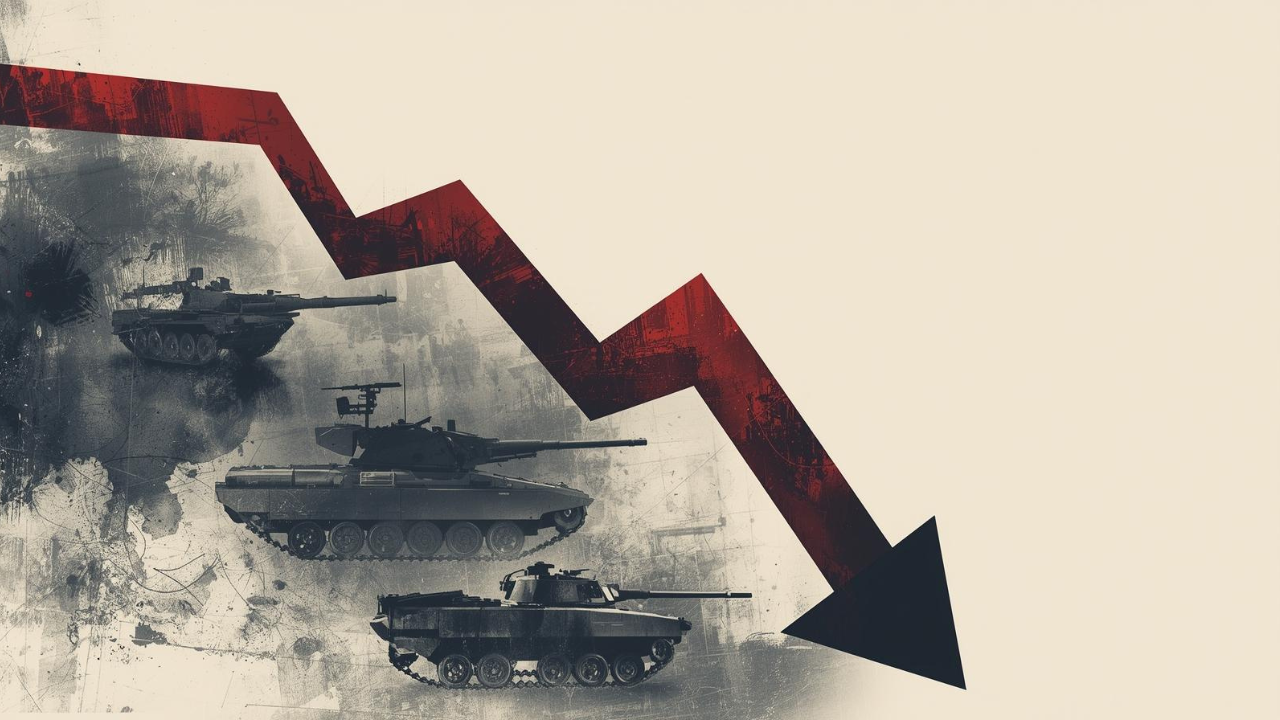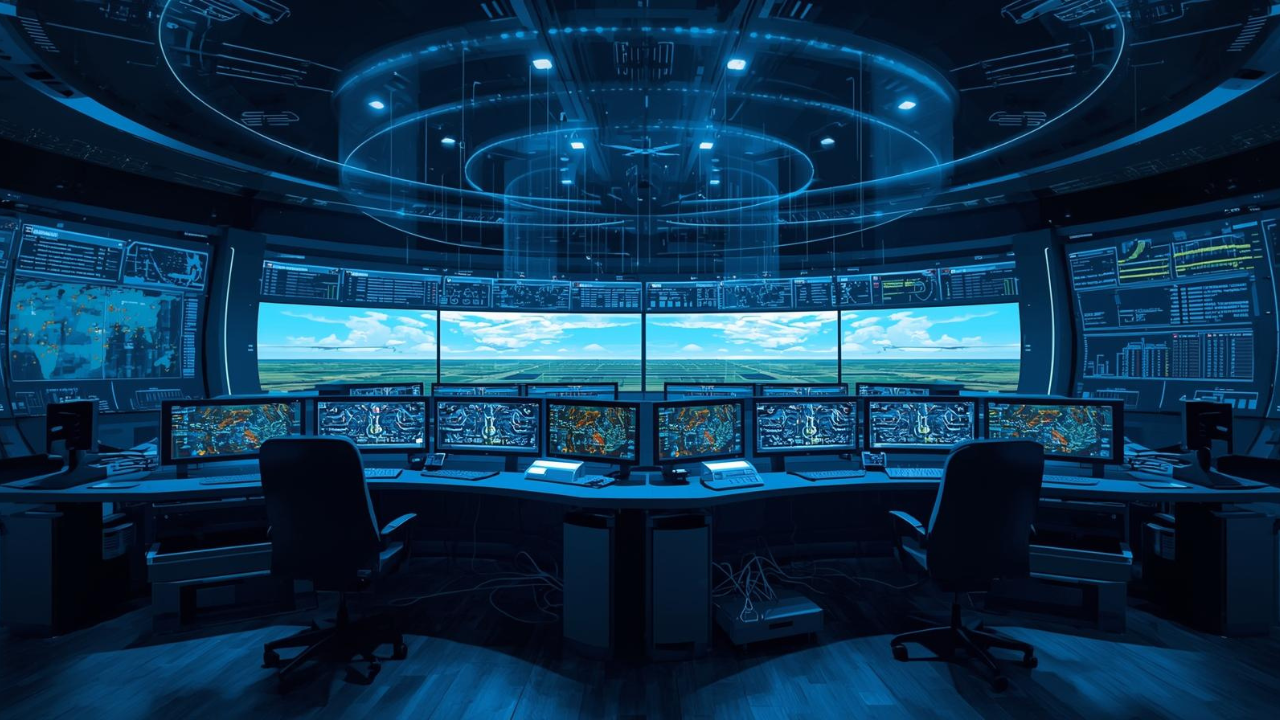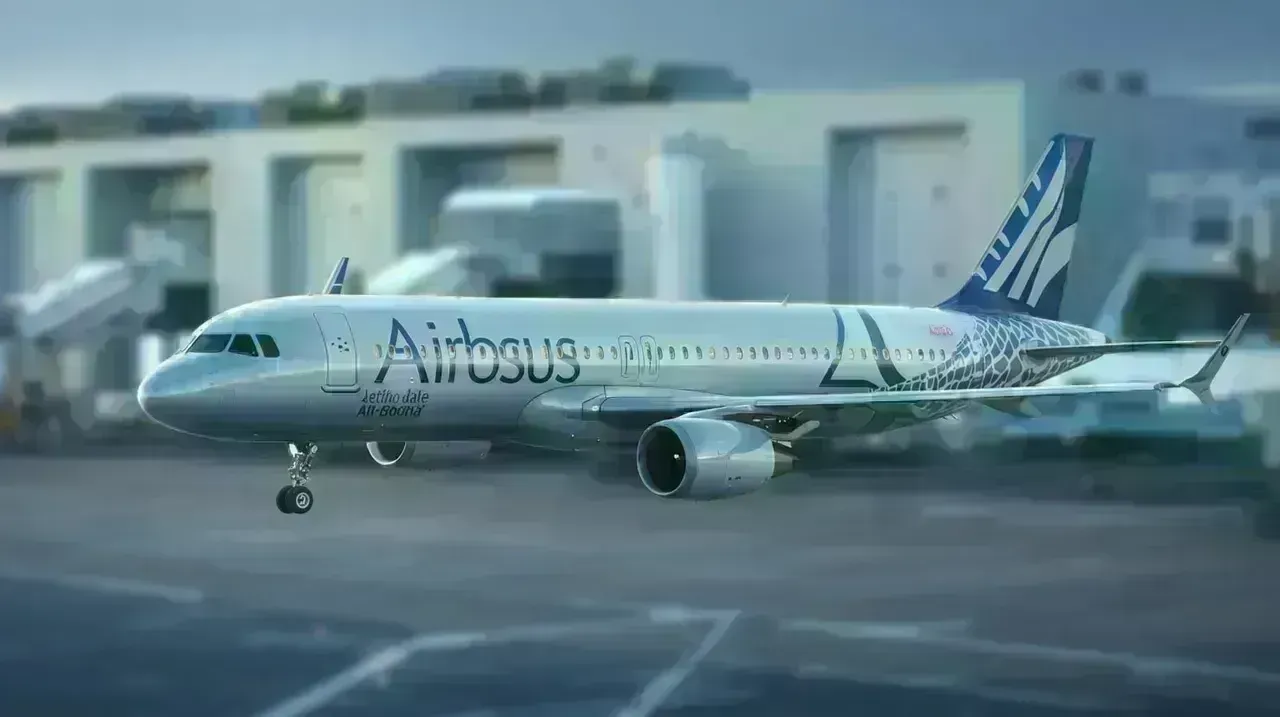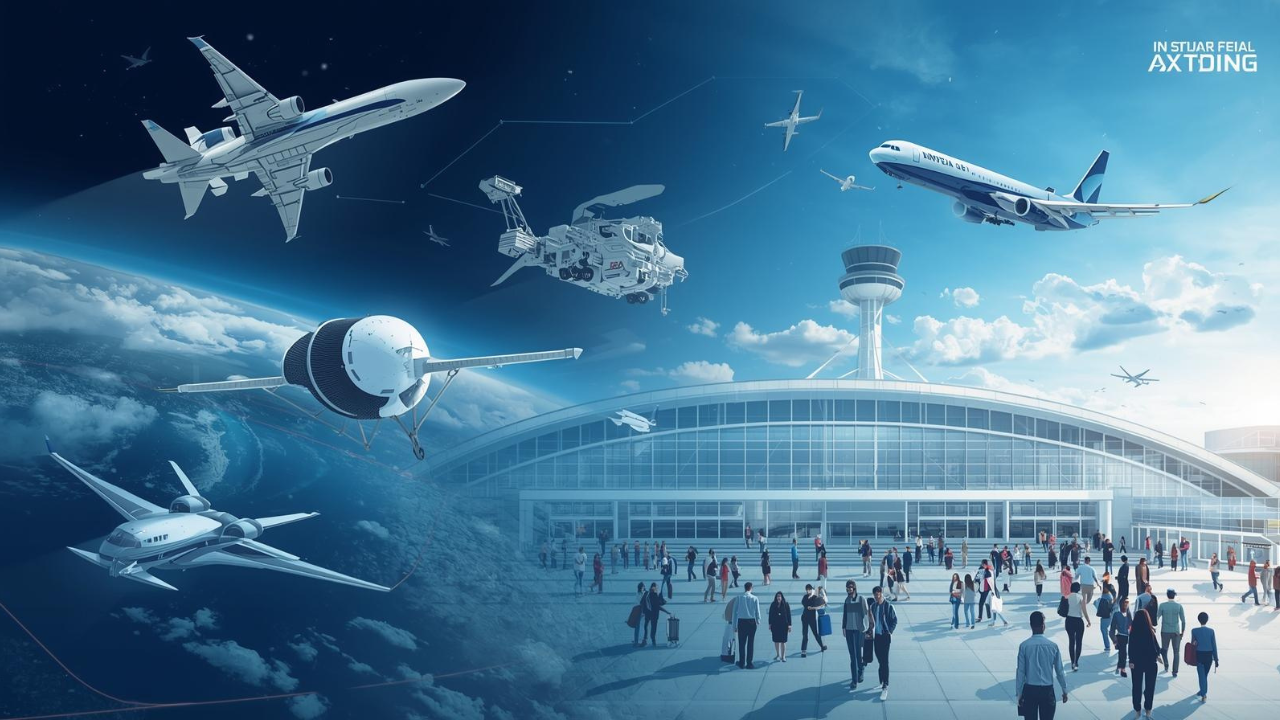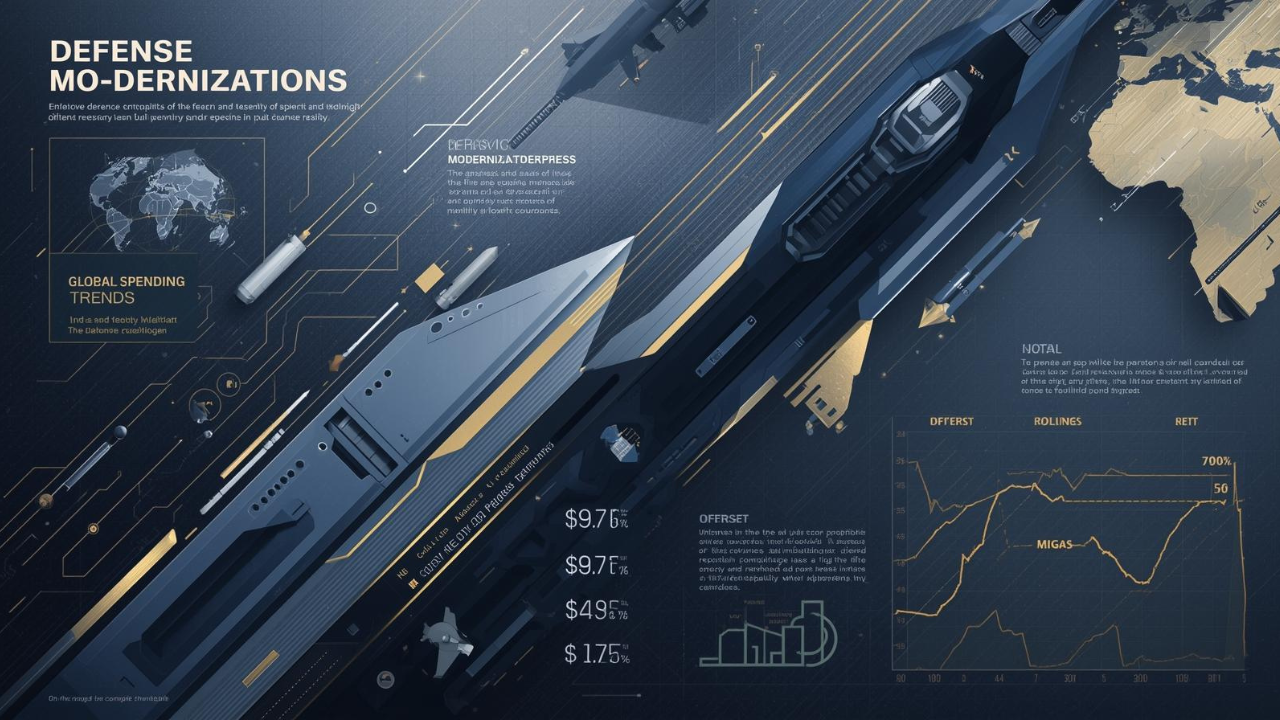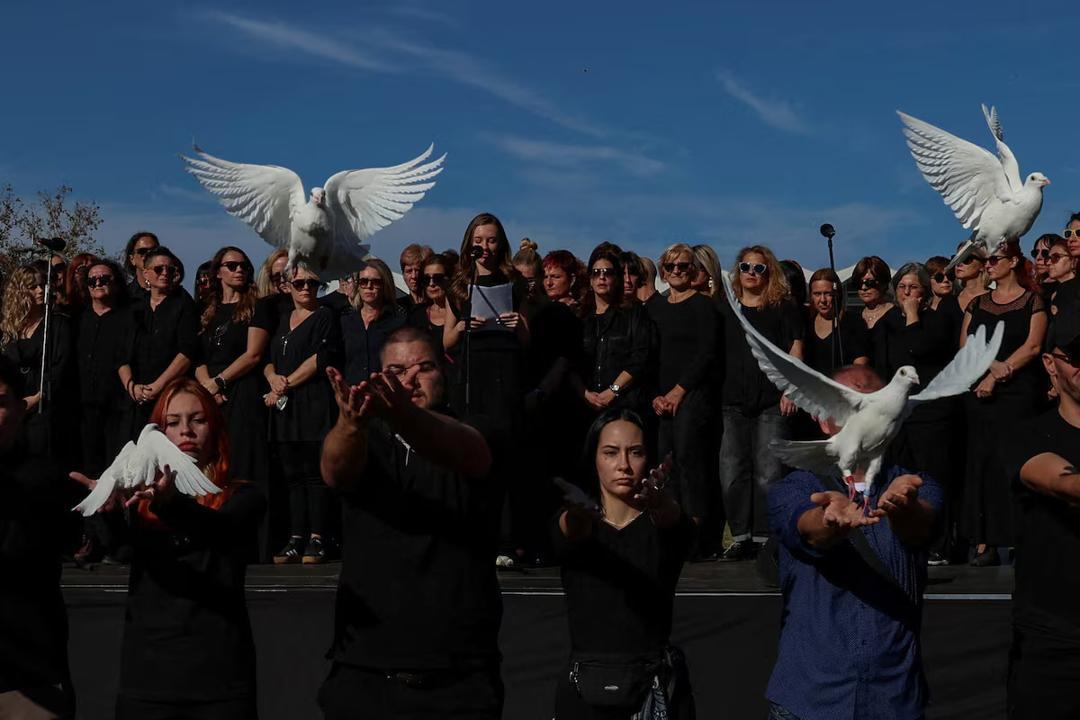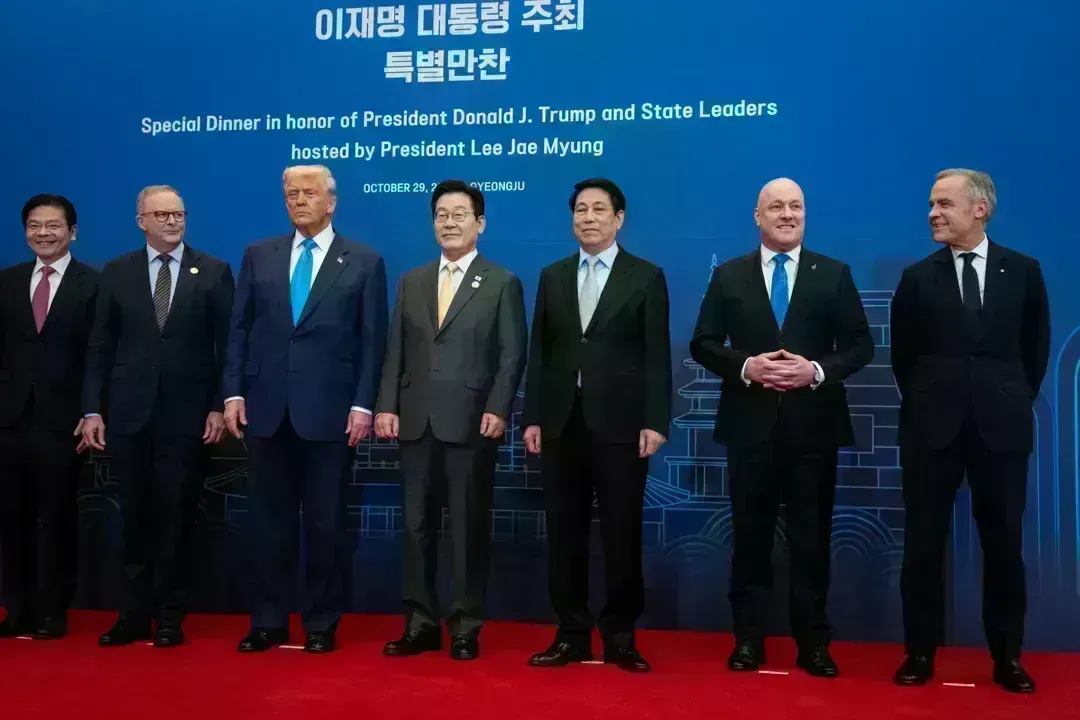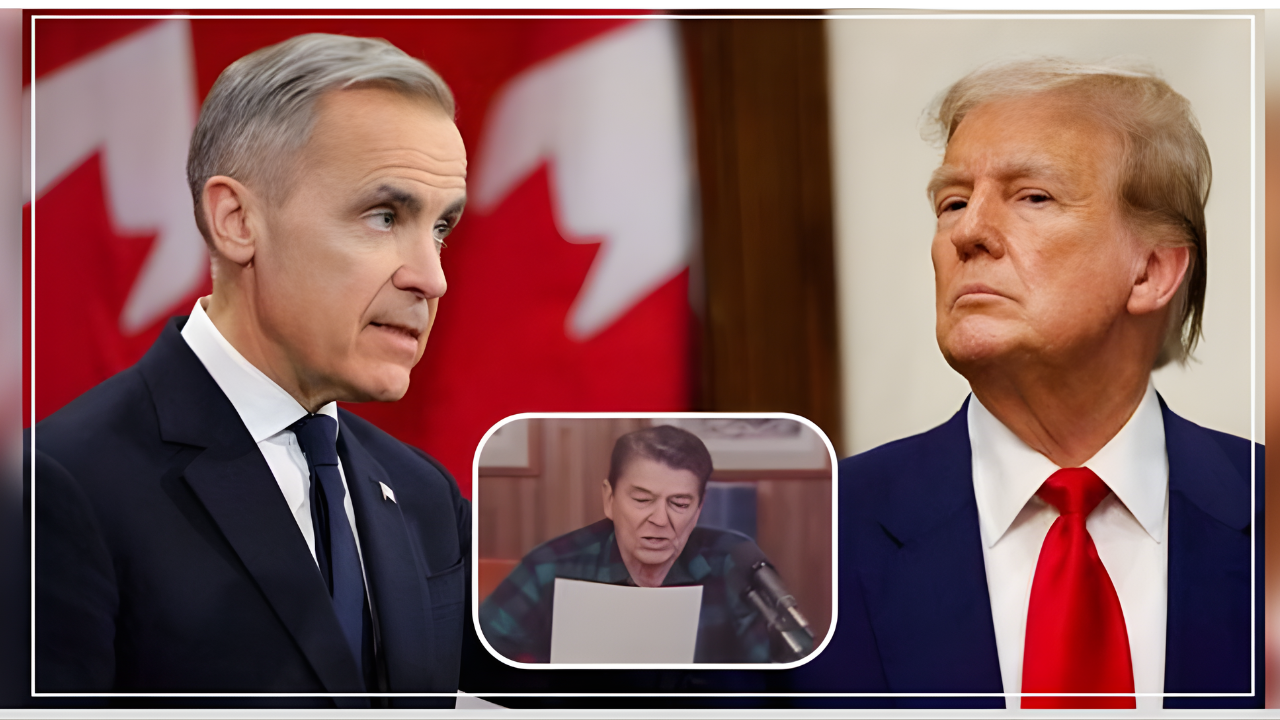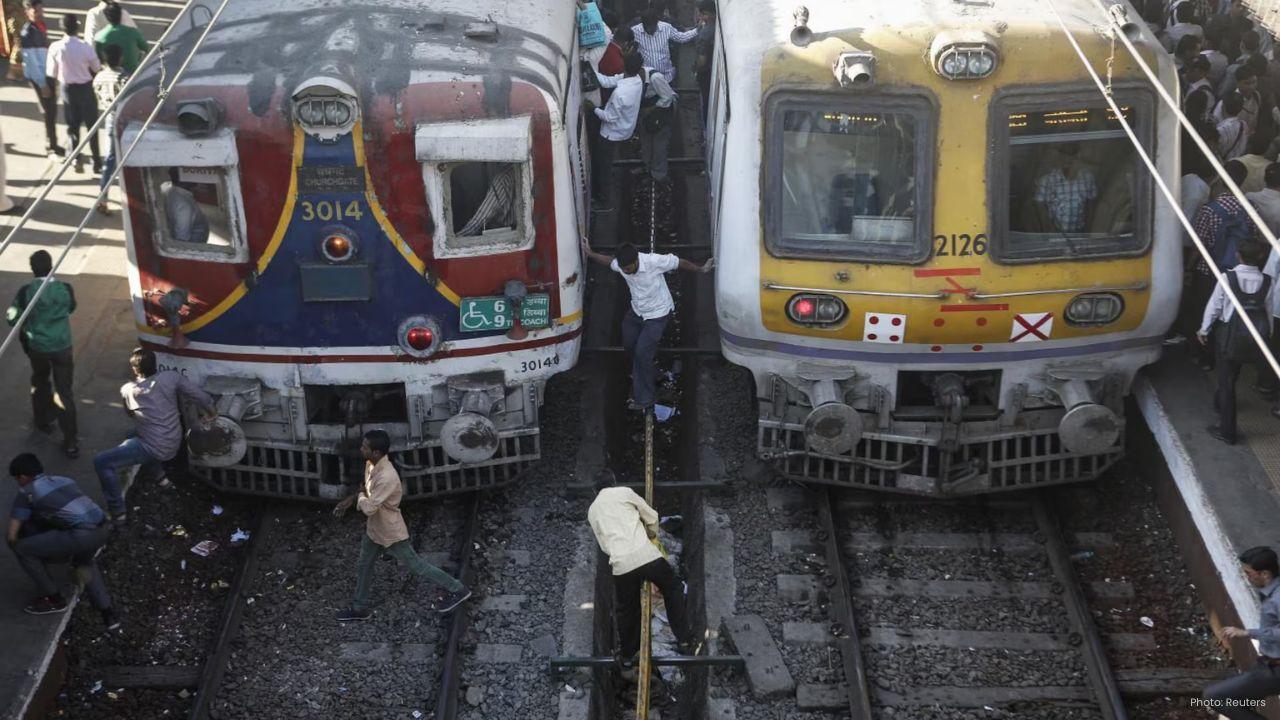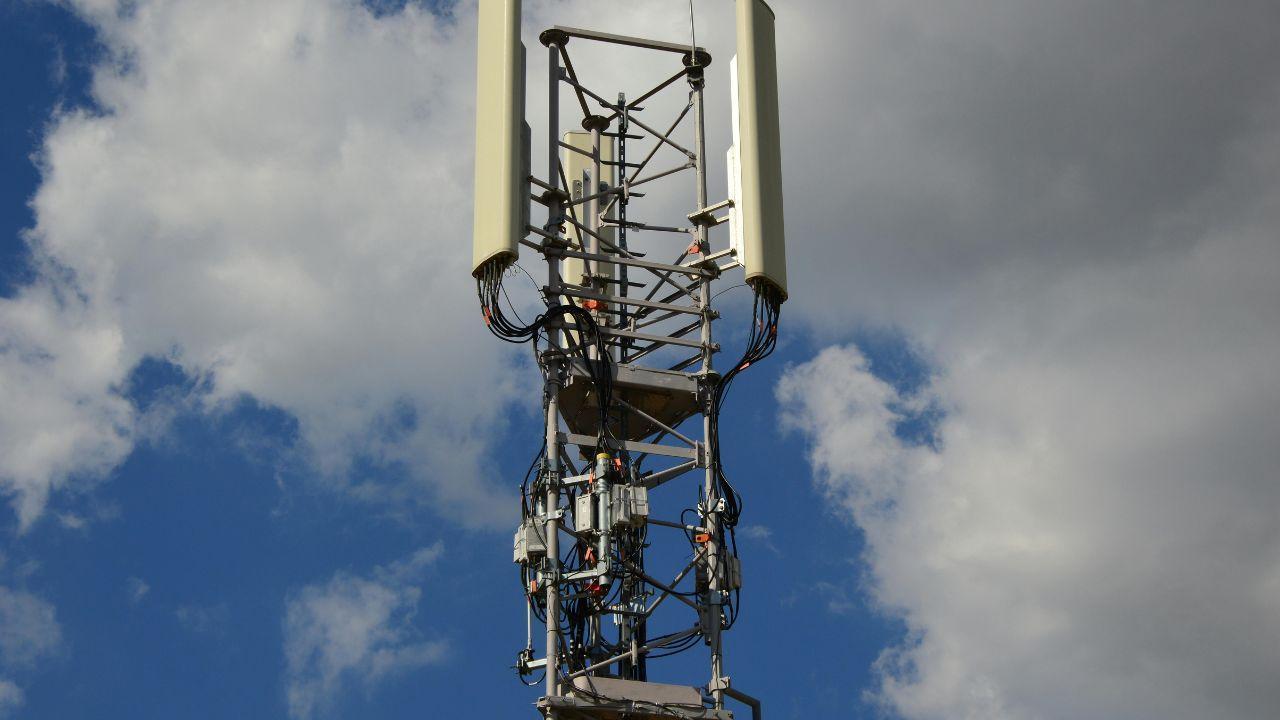New Delhi, October 31, 2025 – In a landmark decision that ends three decades of anticipation, the Indian Railways has granted final approval for the launch of a dedicated Bengaluru–Mumbai Superfast Express. This long-awaited rail link between India’s technology capital and financial powerhouse is poised to revolutionize intercity travel, enhance economic synergies, and fulfill a demand that dates back to the early 1990s.
The approval, confirmed by the Railway Board on October 30, 2025, comes after years of surveys, feasibility studies, and persistent advocacy from business chambers, passenger associations, and political representatives from both Karnataka and Maharashtra. The new train will operate as a daily superfast service with a journey time of under 14 hours, slashing nearly 4–5 hours off the current fastest connections.
A 30-Year Journey: From Proposal to Reality
The idea of a direct, high-speed rail link between Bengaluru and Mumbai was first mooted in 1994 during a joint meeting of the Southern and Central Railway zones. At the time, the two cities were emerging as India’s twin engines of growth – Bengaluru as the “Silicon Valley of India” and Mumbai as the nation’s commercial capital.
Despite multiple budget announcements and inclusion in the Pink Book (Railways’ list of sanctioned works), the project faced repeated delays due to land acquisition issues, gauge conversion challenges on the Miraj–Londa section, and shifting priorities toward high-speed rail corridors like Ahmedabad–Mumbai.
However, sustained pressure from the Confederation of Indian Industry (CII), FICCI Karnataka, and passenger forums like the All India Railwaymen’s Federation kept the demand alive. In 2024, a joint representation signed by over 200 CEOs from Bengaluru and Mumbai tech and finance firms finally tipped the scales.
— Dr. Kiran Mazumdar-Shaw, Chairperson, Biocon & Former CII Southern Region President
Route, Schedule, and Technical Specifications
The Bengaluru–Mumbai Superfast Express will follow the via Hubli–Pune route, covering approximately 1,050 km with 14 intermediate stops. The train has been assigned numbers 22197/22198 and will be hauled by a WAP-7 locomotive from the Electric Loco Shed, Krishnarajapuram (Bengaluru).
Proposed Timetable (Subject to Final Confirmation)
| Station | Arrival | Departure | Distance (km) |
|---|---|---|---|
| Bengaluru City Jn (SBC) | — | 20:00 | 0 |
| Tumakuru | 20:58 | 21:00 | 70 |
| Arsikere Jn | 22:25 | 22:30 | 166 |
| Hubballi Jn | 01:10 | 01:20 | 353 |
| Dharwad | 01:43 | 01:45 | 373 |
| Belagavi | 03:35 | 03:37 | 494 |
| Miraj Jn | 05:57 | 06:00 | 631 |
| Sangli | 06:12 | 06:15 | 638 |
| Satara | 07:57 | 08:00 | 765 |
| Pune Jn | 10:35 | 10:40 | 911 |
| Lonavala | 11:33 | 11:35 | 975 |
| Kalyan Jn | 12:52 | 12:55 | 1,049 |
| Mumbai CSMT | 13:45 | — | 1,103 |
Return service (22198) departs Mumbai CSMT at 14:30 and reaches Bengaluru at 06:00 (+1).
Coach Composition (22 LHB Coaches)
- 1 AC First Class (1A)
- 3 AC 2-Tier (2A)
- 6 AC 3-Tier (3A)
- 8 Sleeper Class (SL)
- 2 General Unreserved (GS)
- 1 Pantry Car
- 1 Power Car (EOG)
The train will feature bio-toilets, CCTV surveillance, fire suppression systems, and OBHS (On-Board Housekeeping Services). Catering will be managed by IRCTC with a mix of base kitchen and train-side vending.
Infrastructure Upgrades Enabling the Launch
The approval became feasible only after the completion of critical infrastructure projects over the past five years:
- Doubling and Electrification of Londa–Miraj–Pune Section (2022–2024): Completed at a cost of ₹3,800 crore, enabling 130 kmph operations.
- Automatic Block Signaling (ABS): Installed between Hubballi and Belagavi, reducing headway to 6 minutes.
- New Crossing Stations: Gadag Road and Shedbal equipped with electronic interlocking.
- Track Renewal (90 kg rails): Laid on curves between Satara and Lonavala for 160 kmph sanction (future-ready).
- Station Upgrades: Platform extensions at Tumakuru, Arsikere, and Satara to accommodate 24-coach rakes.
The Central Railway has also sanctioned a new pit line at Wadi (near Kalaburagi) for primary maintenance, reducing turnaround time.
Economic and Social Impact
Boost to Bilateral Trade
Karnataka and Maharashtra together account for 18% of India’s GDP. The new train is expected to:
- Carry 1.2 lakh passengers monthly in the first year.
- Reduce road freight transit time for perishables (grapes, flowers) by 8 hours.
- Enable same-day business meetings (depart Bengaluru 20:00, reach Mumbai 13:45, return by 14:30 service).
Tourism and Cultural Exchange
With stops at Belagavi (near Goa), Satara (hill stations), and Lonavala, the train will promote weekend tourism circuits. Special heritage packages linking Hampi, Badami, and Ajanta–Ellora are under planning.
Employment Generation
IRCTC has announced recruitment of 120 on-board staff and 45 catering personnel from local communities along the route. Station modernization will create 300 indirect jobs in vending and logistics.
Passenger Amenities and Booking Details
Advance Reservation Period (ARP) will be 120 days. Booking opens November 15, 2025 via:
- IRCTC Website & App
- PRS Counters
- Authorized Agents
Indicative Fares (Base, subject to dynamic pricing):
| Class | Fare (₹) |
|---|---|
| AC First (1A) | 3,850 |
| AC 2-Tier (2A) | 2,250 |
| AC 3-Tier (3A) | 1,560 |
| Sleeper (SL) | 590 |
Senior citizens, students, and divyangjan eligible for concessional fares as per existing policy.
Comparison with Existing Trains
| Train Name | Number | Time | Frequency | Via |
|---|---|---|---|---|
| New Superfast | 22197/98 | 13h 45m | Daily | Hubli–Pune |
| Udyan Express | 11301/02 | 20h 15m | Daily | Raichur–Solapur |
| Chalukya Express | 11021/22 | 22h 30m | Tri-weekly | Hubli–Pune |
| Mumbai Express | 16339/40 | 21h 00m | Quad-weekly | Hotgi–Pune |
The new service will be the fastest and most frequent link, with superior on-board facilities.
Environmental Considerations
By shifting 40,000+ passengers annually from air and road to rail, the train is projected to reduce 9,500 tonnes of CO₂ emissions per year (based on ICFRE lifecycle analysis). The entire route is now under 100% electrification using renewable energy mix under the Railways’ Net Zero 2030 commitment.
Political Reactions
Karnataka CM Siddaramaiah: “A historic victory for Karnataka’s aspirations. This train will strengthen our IT–finance corridor.”
Maharashtra CM Eknath Shinde: “Mumbai welcomes faster connectivity. We will ensure seamless last-mile integration via Metro and BEST.”
Railway Minister Ashwini Vaishnaw: “This is part of our vision for 100 new superfast services by 2027. More such links on the anvil.”
Future Extensions and Connectivity
The Railway Board has hinted at:
- Extension to Mangaluru on alternate days (via Hassan).
- Integration with Mumbai–Ahmedabad Bullet Train at Bandra Kurla Complex (future interchange).
- Introduction of Vistadome coaches during monsoon for Sahyadri views.
Book your ticket now! Visit IRCTC →
The Bengaluru–Mumbai Superfast Express is more than a train — it is a bridge between two of India’s most dynamic cities, a testament to patient advocacy, and a symbol of Indian Railways’ renewed focus on passenger-centric services. As the first rake rolls out from KSR Bengaluru in early 2026, it will carry not just travelers, but the aspirations of millions who believed that one day, the journey between Garden City and Maximum City would be faster, safer, and smarter.
First commercial run expected: January 26, 2026 (Republic Day special).
Frequently Asked Questions (FAQs)
1. When will bookings open?
November 15, 2025, at 08:00 hrs.
2. Will the train have Wi-Fi?
Yes, RailTel Wi-Fi will be available at all major stations and select coaches.
3. Are tatkal quotas applicable?
Yes, standard tatkal rules apply (opens 1 day prior, 10:00 AC / 11:00 Non-AC).
4. Can the train be extended to Dadar or Bandra?
Currently terminates at CSMT. Future extensions under review.
5. What safety features are included?
LHB coaches with anti-climbing CBC, fire detection alarms, emergency talk-back units, and Kavach (Train Collision Avoidance System) readiness.tact



